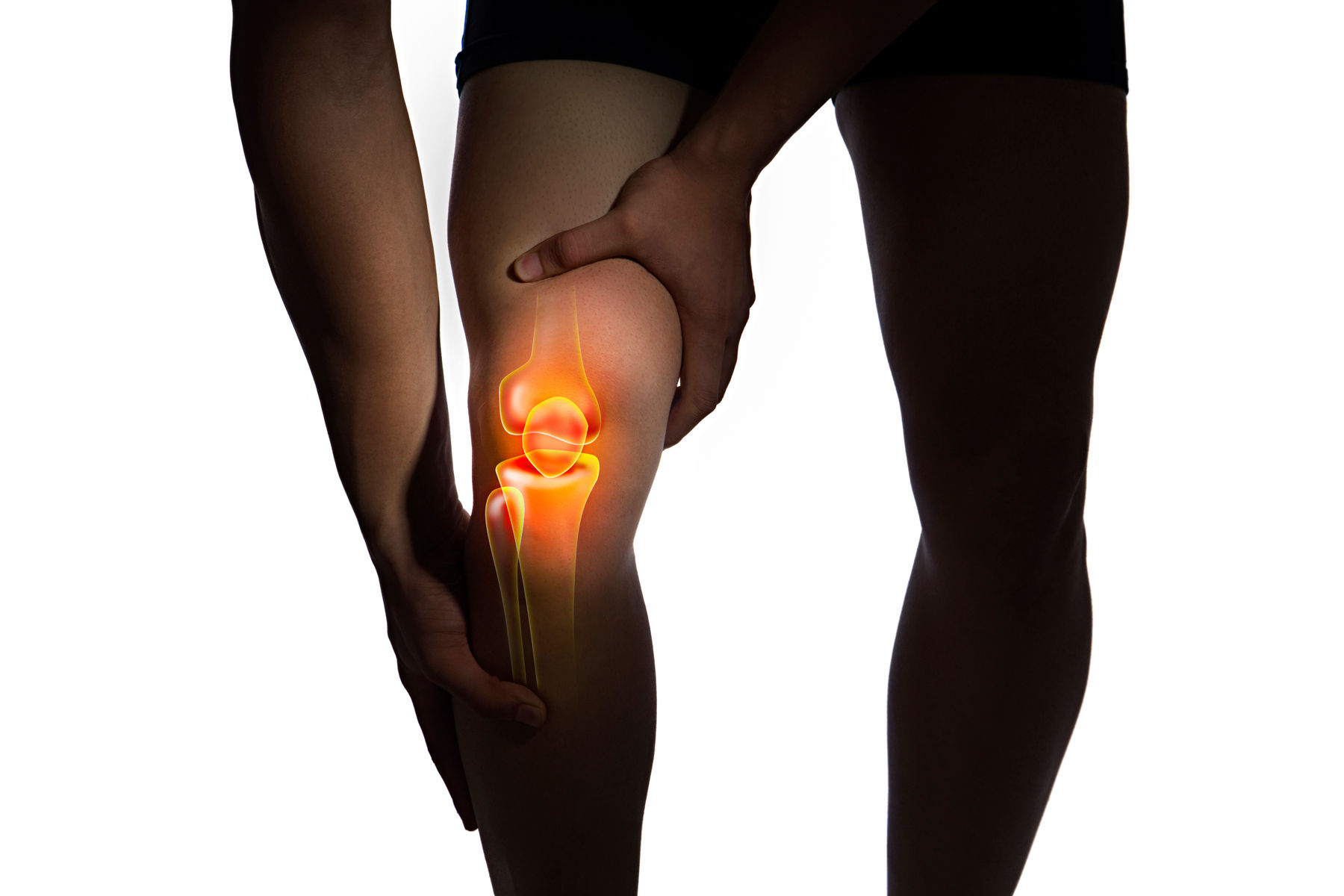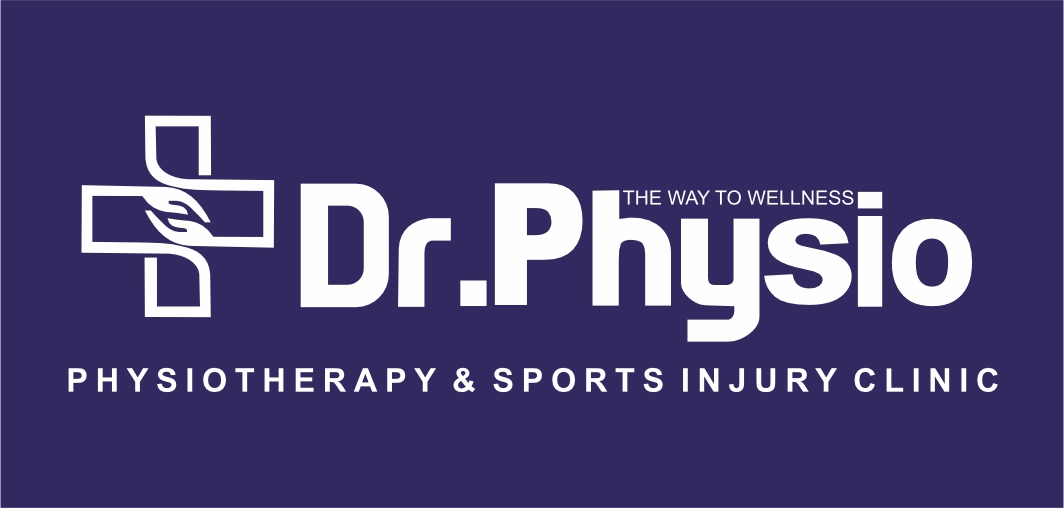+918048039022

This is your website preview.
Currently it only shows your basic business info. Start adding relevant business details such as description, images and products or services to gain your customers attention by using Boost 360 android app / iOS App / web portal.
Physiotherapy plays a crucial role in the manag...

Physiotherapy plays a crucial role in the management of meniscus injuries, whether they involve conservative treatment or post-operative rehabilitation. Here's how physiotherapy typically factors in: Reducing Pain and Inflammation: Physiotherapists may use modalities like ice, ultrasound, or electrical stimulation to alleviate pain and reduce inflammation in the affected area. Range of Motion Exercises: Gentle exercises are introduced to maintain or improve the range of motion of the knee joint. This prevents stiffness and helps in restoring normal function. Strength Training: Strengthening exercises for the muscles surrounding the knee joint, especially the quadriceps, hamstrings, and calf muscles, are crucial. Strengthening these muscles helps stabilize the knee and support the healing process. Balance and Proprioception Training: Meniscus injuries can affect balance and proprioception (the sense of joint position). Physiotherapists incorporate exercises to improve balance and proprioception, which are essential for joint stability and injury prevention. Functional Training: Exercises are tailored to mimic functional activities relevant to the individual's daily life or sports activities. This helps in restoring confidence in the injured knee and ensures a safe return to normal activities. Manual Therapy: Hands-on techniques such as joint mobilization or soft tissue mobilization may be used by physiotherapists to improve joint mobility and reduce pain. Bracing and Taping: In some cases, braces or taping techniques may be recommended to provide additional support to the knee joint during activities. Education and Home Exercise Program: Patients are educated about their injury, its management, and ways to prevent future recurrences. We prescribed customized home exercise program to continue the progress made during physiotherapy sessions. It's important to note that the specific physiotherapy protocol may vary depending on factors such as the severity of the injury, surgical intervention, and individual patient needs. Therefore, it's essential to consult a qualified physiotherapist for an accurate assessment and personalized treatment plan.

